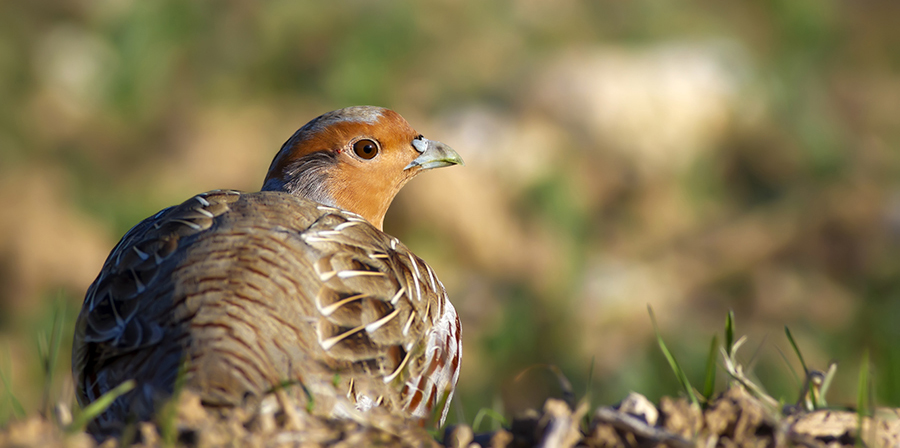
20 May 2020 European hunters will be key in delivering the new EU Biodiversity Strategy
Brussels, 20 May 2020 – Today, the EU Biodiversity Strategy for 2030 was published, outlining plans to tackle the biodiversity crisis over the next decade within Europe, and help meet global commitments under the United Nations Convention on Biological Diversity, and the Sustainable Development Goals.
The first element of the strategy is to increase the area of land protected in the EU to 30% (from 26% currently) including the proportion of strictly protected land at national level. Until now, the EU’s Natura 2000 Network has struggled to deliver results and needs better implementation and support from local communities. Care will be needed to avoid creating more of the same approach which will not deliver the transformative change that is urgently required to reverse the trend of biodiversity loss. For this reason, FACE welcomes more innovative actions for nature conservation in the wider landscape such as nature-based solutions and Other Effective area-based Conservation Measures (OECMs). Such measures will improve the ecological connectivity between sites with the benefit of engaging with a wider range of sectors and stakeholders.
The Nature Directives remain appropriate instruments for wildlife conservation and management, including sustainable use. Their implementation should be based on scientific principles and sound evidence. The first results from the reporting under the Habitats Directive show that only 15% of habitat assessments are favourable, slightly lower than in the previous reports, and far behind the target set in the EU Biodiversity Strategy to 2020. A key 2030 target is to ensure that habitats and species show no deterioration in conservation trends and status; and at least 30% reach favourable conservation status or at least show a positive trend. Even to achieve this conservative level of ambition, FACE believes that priority must shift to measures for habitat restoration and conservation over species protection.
FACE is pleased to see clear actions for farmland biodiversity with links to the revised Common Agricultural Policy (CAP) that will benefit small game populations such as the Grey Partridge and Brown Hare, which are declining at an alarming rate. These include measures to ensure that Member States’ CAP Strategic Plans will set explicit national values for relevant targets of the Biodiversity and Farm to Fork Strategies, supported, inter alia, by CAP instruments and implementation of the Habitats Directive. As always, hunters will continue to deliver for biodiversity, and FACE will be revising its own Biodiversity Manifesto in light of the new strategy.
Dr. David Scallan, FACE Secretary General, stated:
“The strategy is comprehensive and FACE very much hopes that the goals will be reached and that the results deliver for biodiversity. European hunters have been and will continue to work hard to promote and conserve biodiversity. FACE will now perform a more in-depth analysis of all aspects of the Biodiversity Strategy”.
FACE will continue to call on the EU for more recognition of the role hunters in delivering on biodiversity targets. Equally, FACE calls for a greater understanding of the importance of hunting for 7 million Europeans, and its contribution to nature and society.
Read more:
‣ FACE releases its 5th Biodiversity Manifesto Report
‣ The contribution of hunters to monitoring biodiversity in Europe

